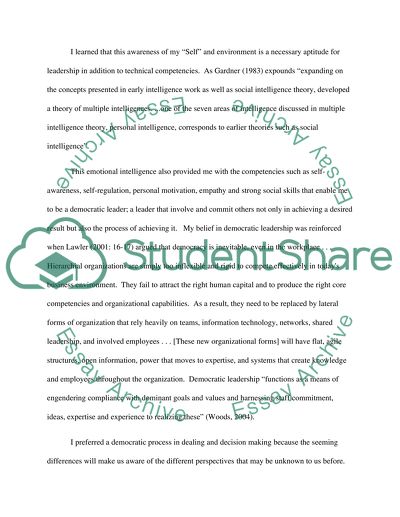Cite this document
(“THE (ME )IN LEADERSHIP Essay Example | Topics and Well Written Essays - 3000 words”, n.d.)
Retrieved from https://studentshare.org/environmental-studies/1419807-the-me-in-leadership
Retrieved from https://studentshare.org/environmental-studies/1419807-the-me-in-leadership
(THE (ME )IN LEADERSHIP Essay Example | Topics and Well Written Essays - 3000 Words)
https://studentshare.org/environmental-studies/1419807-the-me-in-leadership.
https://studentshare.org/environmental-studies/1419807-the-me-in-leadership.
“THE (ME )IN LEADERSHIP Essay Example | Topics and Well Written Essays - 3000 Words”, n.d. https://studentshare.org/environmental-studies/1419807-the-me-in-leadership.


